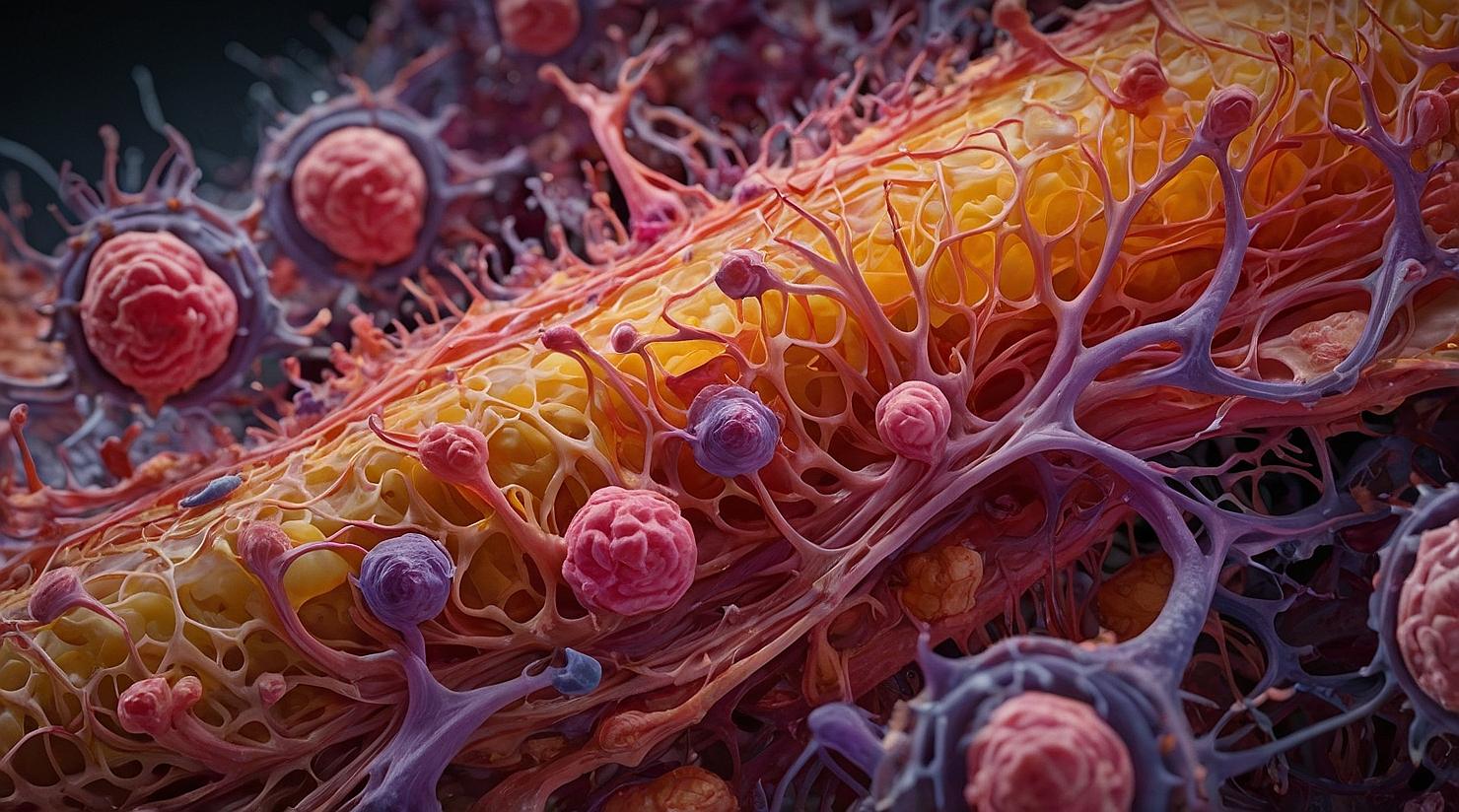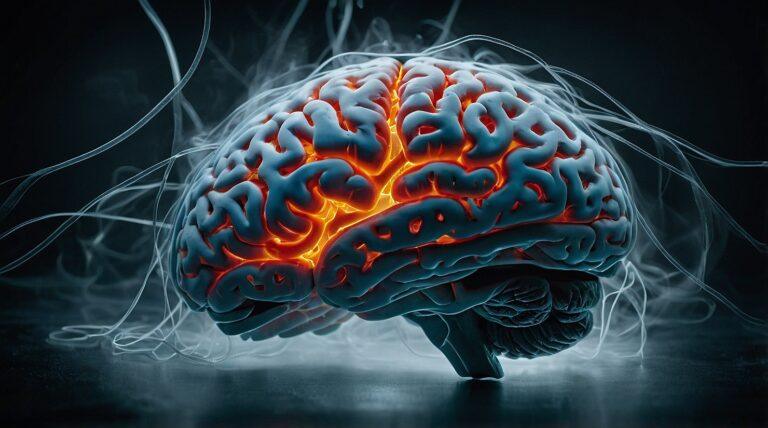Understanding Ketosis: How It Works, Benefits, and Tips for Success

How Does Ketosis Work? Q & A
Ketosis is a metabolic state that has gained significant attention, particularly among those seeking weight loss, enhanced energy, or better control over blood sugar levels.
Understanding ketosis and how it works can provide insights into why many people turn to ketogenic diets to achieve their health and wellness goals.
This guide will answer common questions about ketosis, offering clarity on what it is, how to achieve it, and how to navigate its potential challenges.
What Is Ketosis?
Ketosis is a natural metabolic process in which the body switches from using glucose as its primary energy source to burning fat.
This occurs when the liver converts fatty acids into molecules called ketones, which the body uses for energy. Ketones are an efficient fuel that powers the brain and body when carbohydrates are not available.
Why Does the Body Enter Ketosis?
The body enters ketosis when carbohydrate intake is significantly limited, usually to fewer than 50 grams per day.
Without enough glucose, the body is forced to tap into fat stores to meet its energy needs. This process commonly occurs during fasting, a low-carbohydrate diet, or prolonged exercise. By entering ketosis, the body becomes a fat-burning machine, a hallmark of ketogenic diets.
How Long Does It Take to Enter Ketosis?
How Many Days Does It Take to Achieve Ketosis?
For most people, achieving ketosis takes between 2 to 7 days of strict carbohydrate restriction. Factors such as adherence to the diet, individual metabolic rate, physical activity, and overall health can affect how quickly ketosis begins.
Factors That Influence the Timeframe
The time it takes to enter ketosis varies widely. Someone with an active lifestyle and a lower initial glycogen reserve may enter ketosis faster than a sedentary person.
Similarly, individuals who follow a very low-carb or ketogenic diet consistently prior to starting may transition more seamlessly. Tracking your food intake and testing for ketone levels can help you monitor your progress.
How Can Ketosis Be Verified?
How Can I Check if I’m in Ketosis?
There are several ways to confirm whether your body has entered ketosis. One of the most reliable methods is using ketone test strips, which measure the presence of ketones in your urine.
Blood ketone meters offer even more precision, providing exact readings of ketone levels in your blood.
Signs Indicating Ketosis
In addition to these tests, physical signs can serve as indicators of ketosis. Changes in breath odor (often described as fruity or metallic), reduced hunger levels, increased energy, and weight loss are common when ketosis is achieved. While these are not foolproof, they’re helpful clues to track your state.
Dealing With Common Side Effects of Ketosis
What Is the Keto Flu, and How Can I Manage Its Symptoms?
The “keto flu” refers to a cluster of temporary side effects that some people experience when transitioning into ketosis. Symptoms include fatigue, headaches, irritability, muscle cramps, and difficulty sleeping.
These occur as your body adapts to using fat instead of carbohydrates for energy.
Tips to Alleviate Keto Flu
To minimize the discomfort of the keto flu, focus on maintaining proper hydration and replenishing electrolytes. Sodium, potassium, and magnesium play key roles in this process, so consider supplementing these minerals if needed.
Additionally, ease into the ketogenic diet by gradually reducing your carbohydrate intake to help your body adapt more smoothly.
By taking these steps, you can reduce the duration and severity of keto flu, ensuring a more comfortable transition into ketosis.
Tips for Success on a Ketogenic Diet
How Do I Increase My Chances of Success on Keto?
Achieving success on a ketogenic diet requires discipline, planning, and consistency. Begin by tracking your macronutrients to ensure you’re staying under your daily carbohydrate limit while consuming adequate fats and protein. This will help you stay in ketosis more effectively.
Meal planning is another critical strategy. Preparing meals in advance or keeping keto-friendly snacks on hand can prevent dietary slip-ups.
Additionally, staying hydrated and maintaining adequate levels of electrolytes can help sustain energy and avoid common side effects like fatigue.
Lastly, consider joining keto support communities online or locally for motivation, tips, and encouragement as you navigate your ketogenic journey.
Signs That Ketosis Is Working
What Are the Signs My Body Is in Ketosis?
When your body is in ketosis, you may notice several physical and mental changes. One of the first signs is reduced hunger levels, as fat metabolism helps stabilize blood sugar and appetite.
You’ll also likely experience consistent energy throughout the day, avoiding the energy crashes associated with carbohydrate consumption.
Other positive indicators include improved mental clarity, sharper focus, and weight loss due to fat reduction. Many ketogenic dieters report better sleep and an enhanced mood as they progress.
These signs not only affirm that ketosis is working but also showcase the numerous benefits of following a ketogenic lifestyle.
When to Modify or Stop a Ketogenic Diet
Are There Situations Where Keto May Not Be Suitable?
While a ketogenic diet works well for many, it’s not a one-size-fits-all solution. There are circumstances where keto may not be appropriate or sustainable.
For instance, individuals experiencing persistent adverse effects, such as digestive issues or lack of energy, should assess whether the diet suits their needs.
Pregnant or breastfeeding women often have increased nutritional demands, making a more balanced diet preferable. Athletes who rely on intense, performance-based training may need higher carbohydrate intake to fuel their activities effectively.
Additionally, some people may find the diet too restrictive or incompatible with their personal preferences, leading them to seek alternative approaches better suited to their lifestyles.
Modifying or transitioning from keto is a personal decision that depends on individual goals and circumstances. Always consult with a healthcare provider to make informed choices about your diet.
Conclusion
Ketosis is a fascinating metabolic state that shifts the body’s energy source from carbohydrates to fat, offering numerous potential benefits, including weight loss, improved focus, and stable energy.
While entering ketosis may pose challenges, understanding how it works and addressing obstacles like the keto flu can make the journey smoother. Remember, success on a ketogenic diet lies in preparation, consistency, and listening to your body.
For personalized guidance or concerns, consult a healthcare professional to ensure your dietary choices align with your overall health goals.






